Products
Products




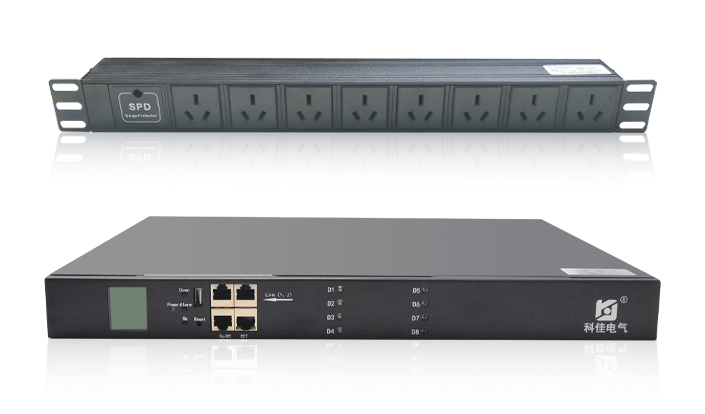












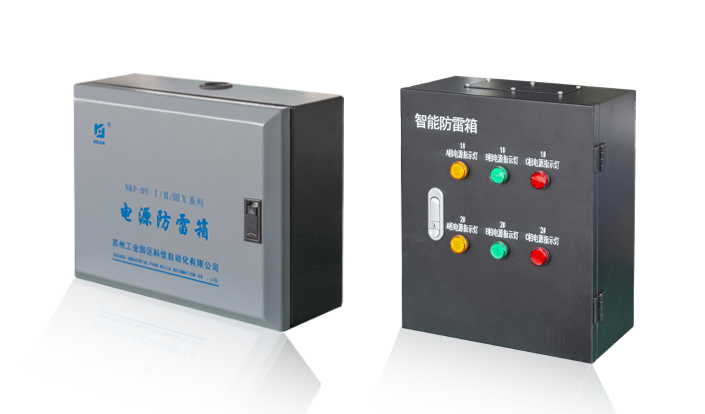









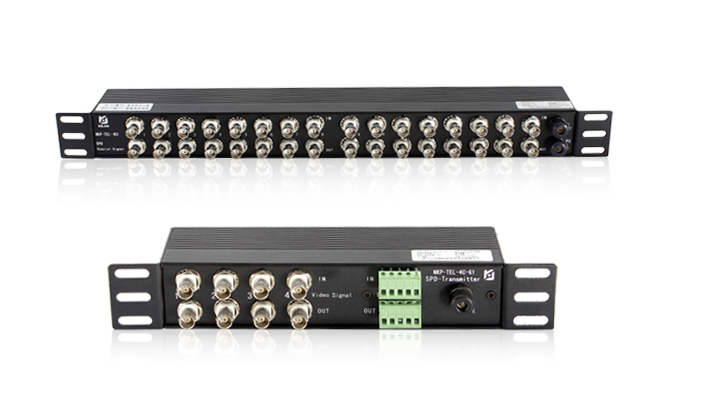














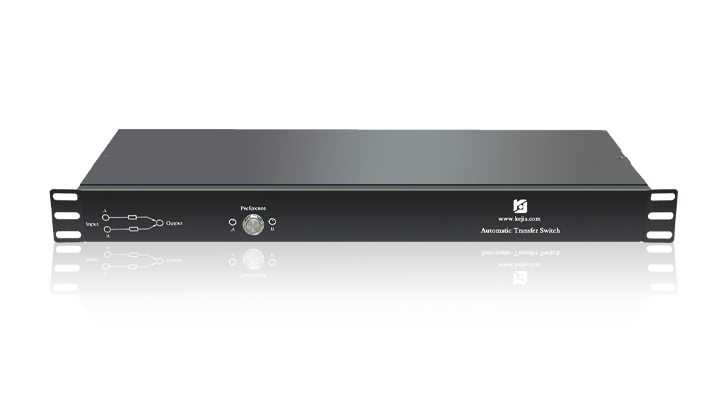


















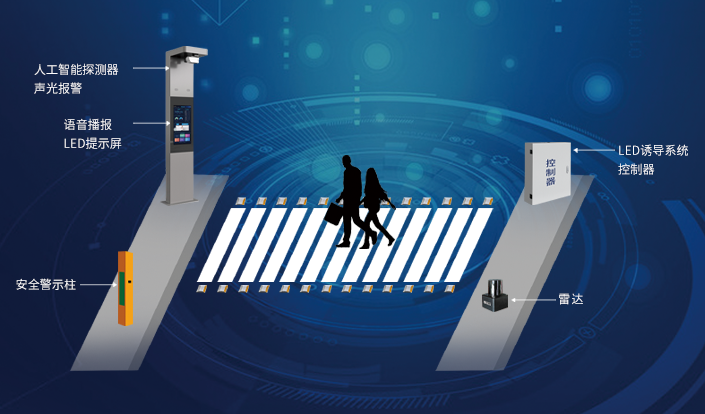




Suzhou Industrial Park Kejia Automation Co., Ltd. is a high-tech enterprise integrating research and development, manufacturing, marketing, and service. In recent years, the company has launched a full range of multi-functional automation control products and lightning protection devices in intelligent remote monitoring and smart grid projects. These products have been widely used in fields such as electric power, electronics, communications, industry and mining, railways, highways, petrochemicals, finance, and security.








